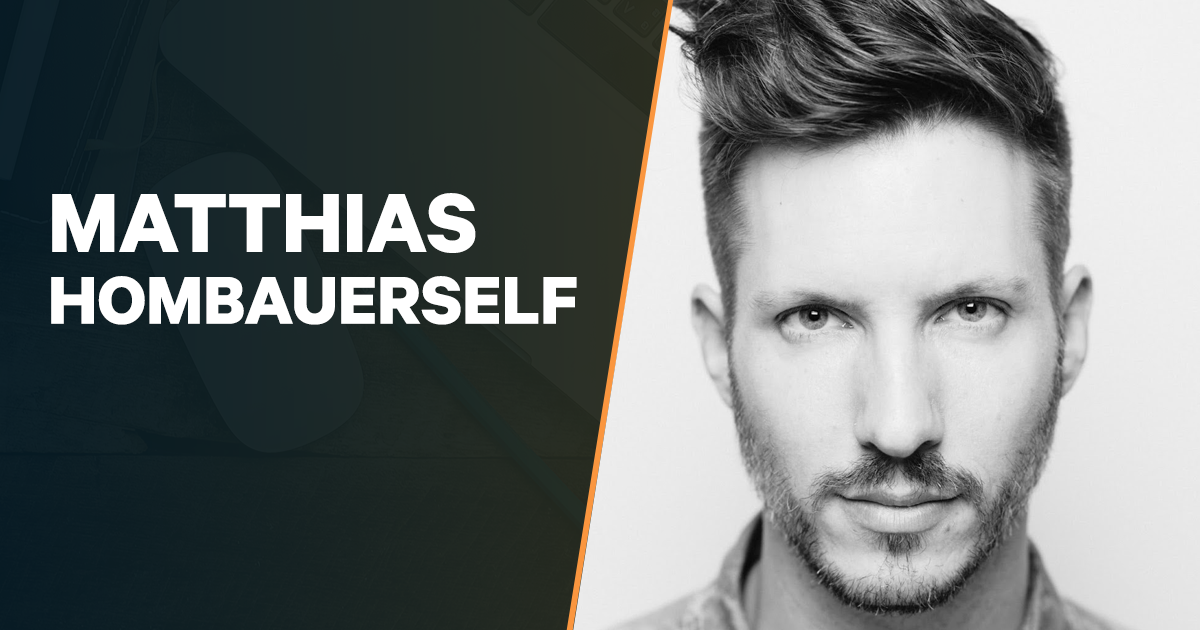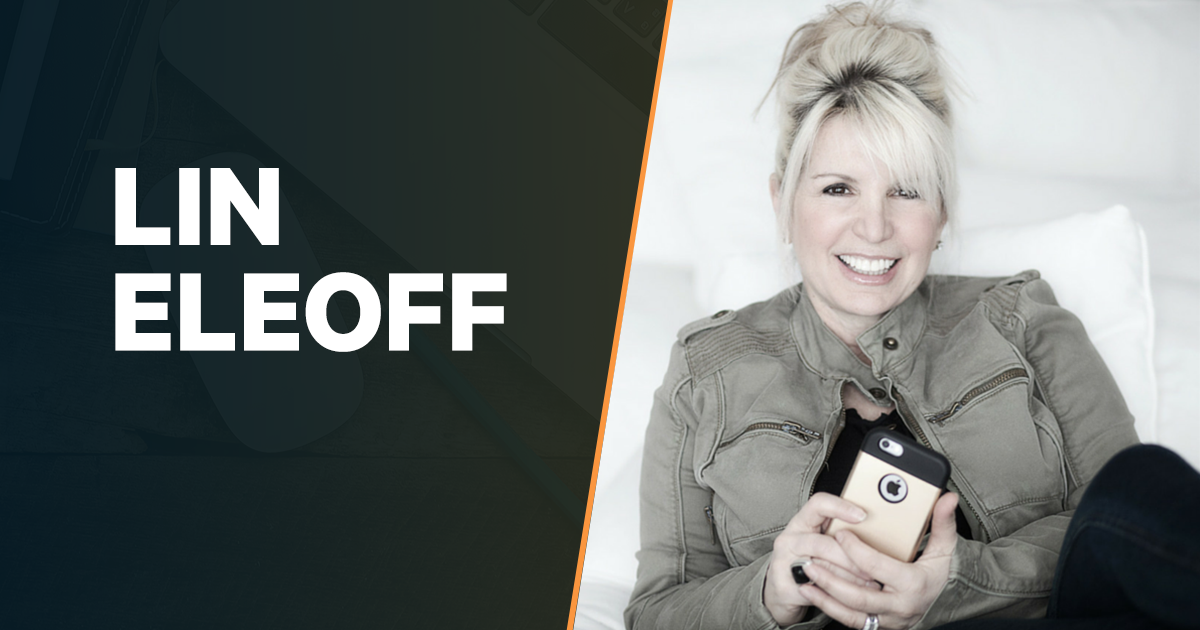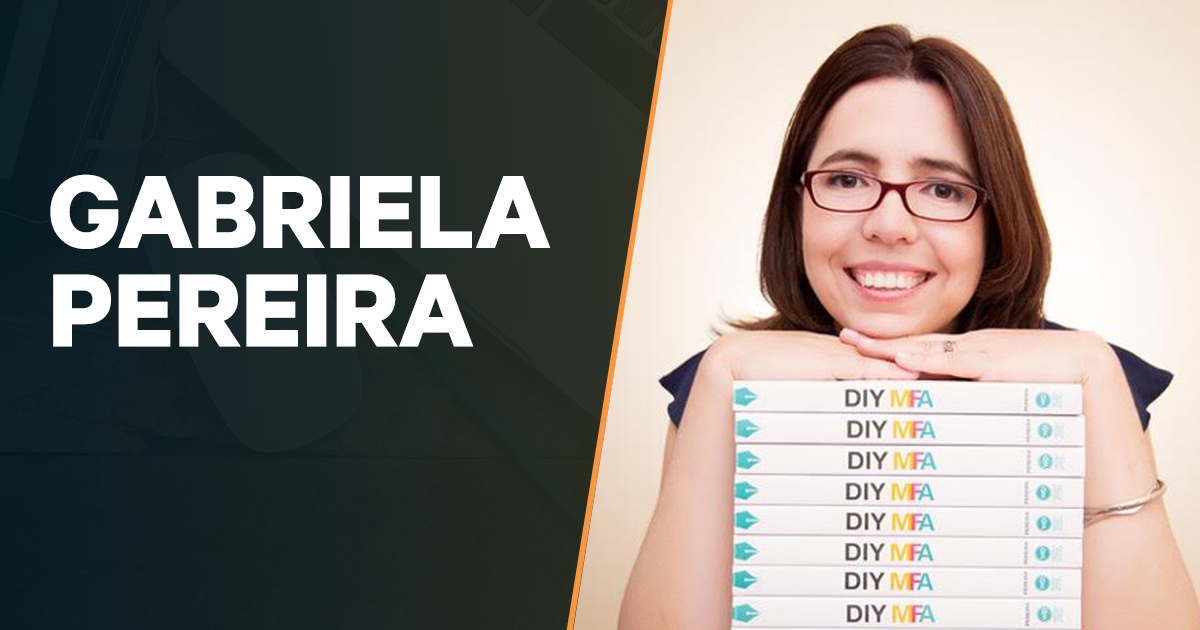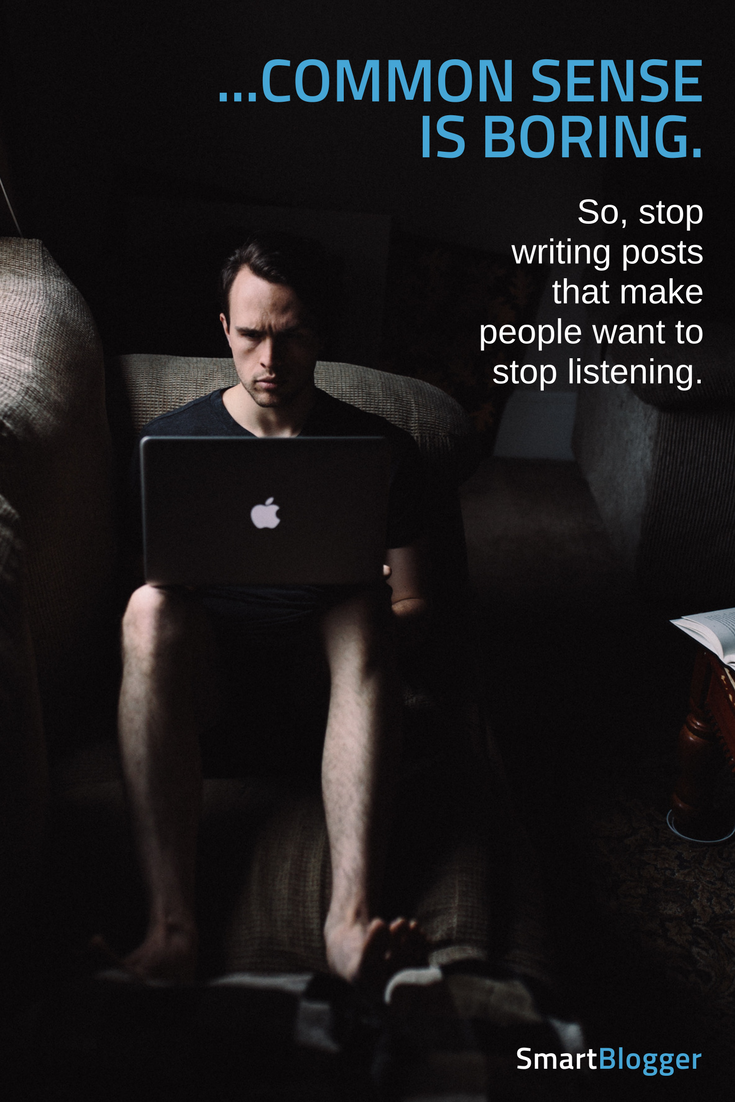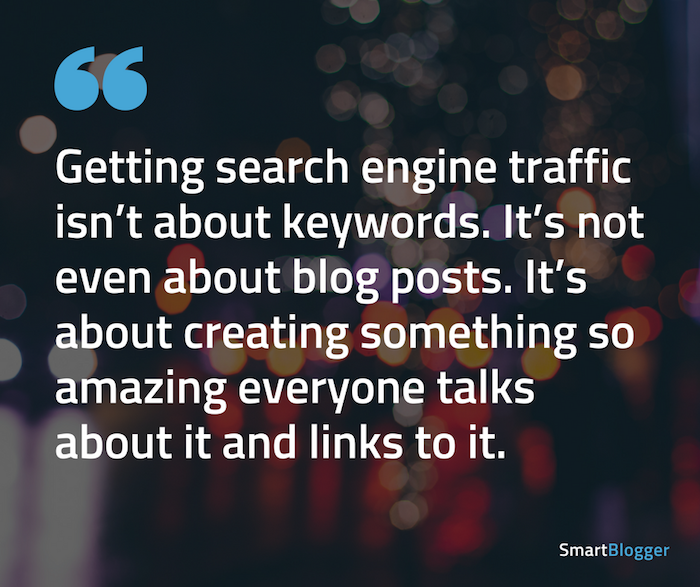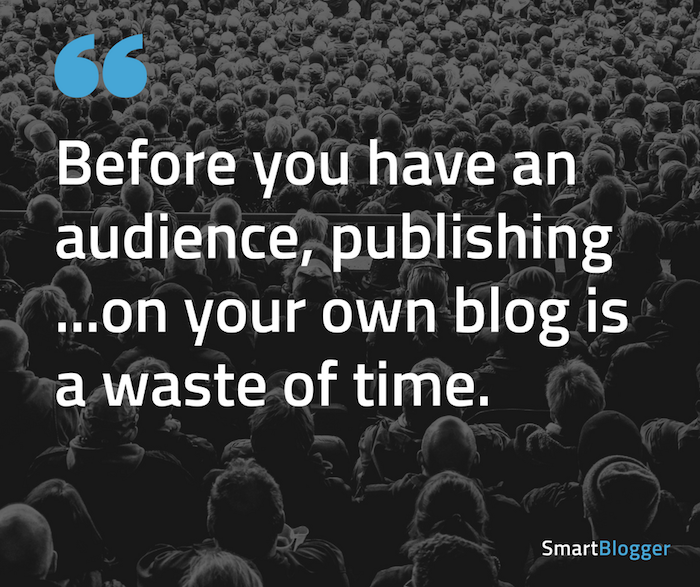When an entrepreneur asked Mark Cuban about the secret to success in business, he fired back:
“Sales cure all.”
And he’s 100% right.
More sales means more revenue. And more revenue means you can do what you love and make a great living doing it. You no longer need to count the pennies in the couch before you make a decision.
The problem is, people often make HUGE mistakes in their quest for generating more sales…
…and I’ll reveal each of them today.
Here’s Why You Must Fix Each Of These Mistakes Today
I’m Derek Halpern, and I’m the founder of Social Triggers.
You’re here because you heard I can help you sell more, at higher prices, without ever feeling salesy.
And I can. Especially when I show you how to eliminate each of these seven deadly sales mistakes.
But don’t take my word for it…
One of my flagship training courses is known as Yes Engines, and it’s THE course for business owners who want to learn how to sell.
It’s not for sale right now, but here are the exact words from people who took the training:
“Using just the first module of the course, my wife and I landed a premium
client and sold them a $1000 coaching package, earning half the price of
the course right away.” – Adam Dobay
“After applying just the first module, I got 6 out of 6 of my next client
conversations to buy! Our conversion rate is now closer to 3 out of 4
clients per prospect call.” – Stephanie Clairmont
“After making these small changes, we basically did 11 or 12 grand
overnight, and woke up to emails of people buying…” – Daniel Daines Hutt
Now of course, these results aren’t typical. I’m only sharing them because I want to you show you one thing:
I’d rather not talk about myself and my own success, like so many other “gurus” out there. I’d rather highlight the success I’ve helped OTHER people achieve.
And that’s what makes me different.
Sure, I live in a fancy NYC apartment, with a doorman, a maid, and other cool stuff. I also work from home in my sweatpants. But the fact that I did all that for myself doesn’t necessarily mean I can help other people do it.
But the case studies that I’ll share in the next week, on the other hand, show you, “Yes, Derek can help other people too.”
That said, let’s jump into the 7 deadly sales mistakes…
Deadly Sales Mistake #1: Blame The Prospect (better known as “Bye Felipe”)
Have you ever heard the expression, “Bye Felipe?”
If not, I’ll explain. There’s a viral Instagram account known as Bye Felipe. And on it, it features conversations between men and women.
Not just any conversations though…
Apparently, when some childish, misogynist men approach women on an online dating site, and get rejected, they get hostile.
Instead of blaming themselves for saying the wrong thing, they blame the women.
So dumb.
And while we can clearly see how dumb this is, the sad truth is, business owners make the same “Bye Felipe” mistake when they sell.
Instead of looking at how they sell their products and services, they often BLAME THE PROSPECT for not buying.
And that’s the FIRST deadly sales mistake.
You see, they say things like:
“Well, they really should have bought, but they just don’t understand!
They’re so dumb.”
“It’s not my product. They just lack confidence in themselves. That’s why
they didn’t buy!”
“They need this. They just don’t realize it. Some day they will be smart
enough to realize it!”
And sure, when we break it down, all of these things may be true…
…But it doesn’t matter.
When people don’t buy what you sell, even when what you’re selling can change their lives, it’s YOUR FAULT.
It means you didn’t make them trust you.
It means you didn’t accurately describe the benefits of what you’re selling.
It means you didn’t properly address all of their fears and concerns in your sales pitch.
And while this may be a tough pill to swallow, it’s actually kind of freeing.
When you blame yourself instead of the prospect, that gives YOU the power to make the sale on YOUR terms.
And when you know the Yes Engines system for how to do it, it’s something you can do over and over again.
But more on the Yes Engines sales system later.
Over the next few days I’ll reveal more about how to make people buy, but for now, let’s go to the next deadly sales mistake.
Deadly Sales Mistake #2: Using Gimmicks And Tricks To Make The Sale
If you’ve seen my videos, you know that I hate discounting. It eats your profits and ruins growth.
I once had another entrepreneur call me out for this. He said:
“What a load of bollocks… do what I did… DOUBLE the cost of your
service and advertise it on your website at the inflated price. Then sell it on
Groupon for 50% off. We sold 800 units!”
First, let’s talk about the big elephant in the room.
I got called an idiot because another entrepreneur thinks LYING to their customers is a good idea.
But that’s not even the main point.
What happens when those 800 people realize they were lied to? Do you think there’s ANY CHANCE they’ll EVER go back to your business?
No way.
Smart business owners know that it’s never about the first sale. It’s always about the first sale… and the sale after that… and the sale after that.
Even if you’re in a business that’s traditionally a one-and-done sale — like wedding photos — you’ll never generate any word-of-mouth by using these types of gimmicks.
And that’s why you should NEVER use them.
There are better ways to convert people into paying customers. You don’t have to compromise your integrity or trick people.
This is something I cover extensively inside Yes Engines. And I’ve tested it in my own business and my clients’ businesses too.
As an example, you might have heard that scarcity helps you sell more, so you think, “well, I’ll just artificially limit the number I can sell! Yea! Scarcity!”
But that’s a gimmick too.
Don’t do it. And I’ll show you what to do instead. For now, moving on…
Deadly Sales Mistake #3: Selling What You Want (Not What The Customer Wants)
When I ask business owners to tell me what they’d like to sell, they almost always lead with, “I want to sell…”
Well, here’s a little “inside information” that I’m passing on to you because you’re reading this:
When you talk about what you want to sell, you already failed.
One of the main tenants of the Yes Engines sales system is that it’s NEVER about what YOU want to sell. It’s about what your prospects want to buy.
I first stumbled on this idea in an almost 100-year-old book by a direct mail advertising guy named Robert Collier.
In it, he told the story of The Book of Etiquette. And how this book did nothing but gather dust on the shelves of some stock room.
Until one day, this guy named Nelson Doubleday brought it to life and sold a million copies.
How?
As Collier put it:
“Not, you may be sure, any wave of culture or politeness sweeping over
the nation, but simply the fear aroused in the readers of Doubleday’s
letters and advertisements that some unconscious gaucherie might cause
them embarrassment.”
It was all in how Doubleday sold the book.
Instead of promising people a “Book of Etiquette,” he’d tell a story with a headline like:
“Why I cried after the ceremony”
“Why they all laughed at me”
“Why she blushed with shame”
And then the book flew off the shelves.
Why?
Because no one wakes up and thinks, “I sure need some more etiquette in my life.” But everyone wants to avoid embarrassment…
…and Doubleday showed people how The Book of Etiquette accomplished just that.
And that’s the secret.
Stop selling what you want to sell.
Start selling what people want, and show them how they can get it when they buy your product.
Now of course there are specific strategies for this. Some of which I’ll reveal soon. But moving on…
Deadly Sales Mistake #4: Treat All Prospects The Same
When you’re looking to persuade someone to buy, the reality is, they have all sorts of problems and objections that prevent them from buying from you.
Now, you know it’s up to you to persuade them — after all, you can’t blame the prospect — but that doesn’t change the facts.
Some people DO lack confidence, some people DO procrastinate, and it’s your job to help them overcome these issues.
Here’s the problem…
When you’re dealing with someone who lacks confidence in themselves, you would say something different than when you’re dealing with someone who lacks confidence in you.
And the reality is, most people who start selling their products and services for the first time — especially online — don’t do this.
They just talk to everyone as if they’re the same person and that’s a HUGE MISTAKE.
You see, you will encounter people in your business who should buy, could buy, but for whatever reason, aren’t buying because of some little hang up.
I call these people The Sideliners.
(They’re on the sidelines between “buying” and “not buying.”)
And in my experience, the reason why they’re not buying is one (or all) of these 4 reasons:
They don’t care enough.
They’re skeptical of you.
They’re worried about their own abilities.
They’re procrastinating.
As you might expect, addressing each of these concerns requires you to talk differently.
This is tough when you’re selling online — where it’s a one-to-many sales scenario — but it’s not impossible.
I show you what to do inside Yes Engines and in the remainder of this free series on selling.
So keep reading…
Deadly Sales Mistake #5: “My Work Speaks For Itself”
People actually believe this. And every time I hear someone say it, I want to run around and hit my head against hard things.
Because I’ve done the research. The same people who say it are having a hard time showing people why they should buy what they’re selling. Here’s an example:
“I am a professional photographer and my work speaks for itself, but when
I open my mouth I have a hard time closing the sale! Those that I have
worked with, however, LOVE the product and experience.”
Interesting, right?
Some people buy and love it, but what about the rest of the people?
Why is it so hard to encourage people to buy what you sell if what you’re selling is so great?
When Ralph Waldo Emerson said:
“Build a better mousetrap and the world will beat a path to your door.”
He was right… but he said that a century ago!
The world has changed.
Now you need a better mousetrap, and you need the ability to show people why it’s better, why it’s important to start using your mousetrap now (instead of the other mousetraps), and why they’re crazy for not using it.
If you JUST create an awesome product, or offer great services, and leave it up to your consumers to convince themselves that it’s right for them, sure, you may get some sales. You may even have a profitable business.
So, I understand why people who believe “my work speaks for itself” believe it.
But how many bad products do you see selling well? That’s because having a great product is only one part of the equation.
The next part of the equation is the ability to sell that product. In my experience, having a great product and selling it well has a 1 + 1 = 3 effect on your business.
You may be confident in your ability, but there are people out there who aren’t.
Let’s say you’re selling a fitness product. Everyone knows there are people who know they should exercise more, but for whatever reason they don’t.
Why not?
Because they might have a psychological block. They might think, “I’m not the type of person who can exercise. I’m just unhealthy and there’s nothing I can do about it.”
Deep down, you know they’re wrong. You know exercising could potentially help them. You can tell them that until you’re blue in the face, but it’s not going to do anything to move them to take action.
And that’s why you’d be an idiot for “letting your work speak for itself.”
Now this doesn’t mean you have to be one of those snake oil salesmen. There is a GREAT way to sell (without being salesy).
And it’s something I reveal in detail in my training called Yes Engines.
But let’s talk about the next mistake…
Deadly Sales Mistake #6: The “Surprise” Product Launch
Let me paint a picture for you:
You work on putting together a new course that you want to sell. You make all the finishing touches, and you’re proud of your work.
So, you fire off an email to your email list (or post on social media)…
“Hey everyone, I’m so excited! I Just put together this new product and you
should buy it right here!
Now I know you probably won’t write those exact words. But the point is that you work on a product, and then when it’s time to announce it, you just announce it.
Be honest:
Have you ever done this?
Yes, right?
Well, here’s the problem:
This is a BIG mistake. Selling successfully is about building anticipation as much as it’s about delivering a great product.
You have to make people want what you’re selling BEFORE you start selling it.
You have to address the Sideliners so that when you do finally announce your product or service, they’re ready to buy.
And when you do it the right way, you can create a FLOOD of sales you would have never have seen otherwise.
Now this doesn’t mean you should HYPE your stuff up.
But you do need to tell people something is coming BEFORE it’s coming, so that they can begin thinking about whether or not what you plan on selling is right for them.
Heck, look at this ebook. I’m giving you valuable advice, and I know you’re digging it because you’re reading this sentence right now, but you might also notice that I plugged the fact that I have an in-depth course on selling called Yes Engines.
It’s not for sale right now, but I’m sure you know it’s coming. And that means I’m doing my job the right way.
Now of course you can’t just share “ANYTHING.” There’s a specific formula to follow when building anticipation for the product you’re about to release…
…and that is something I’ll cover more in this series and inside the training course Yes Engines.
For now, let’s move to the last deadly sales mistake.
Deadly Sales Mistake #7: Ignoring Your Sales Process
Believe it or not, there are some people who ignore learning how to sell. They say, “Well, That’s just not me,” and they bury their heads in the ground.
But this is a mistake. A BIG mistake.
I’ve been building businesses online for the last 10 years.
And over time, I’ve seen people start businesses, get successful, and then fade away.
Why?
Some people get early success, and then they stop learning.
They think they don’t need to consistently invest in themselves (or their businesses), and they use their current success as justification.
But what they don’t realize is that they’re starting on a path towards disaster.
Today, the people and companies that do well — and keep doing well — focus on creating great products and services…
…and they have great salesmanship to match.
That’s how you get the 1 + 1 = 3 effect on your business.
And the reality is this:
No matter what stage of business you’re in, you MUST learn how to sell.
It’s an urgent need.
As I said to start this little ebook off, Mark Cuban said, “Sales cure all,” and he’s right.
Each month, my email marketing bill costs around $4,000.
YES, AROUND $4,000 JUST TO SEND EMAIL TO YOU.
That’s why I laugh when I see people complain about the $15 per month a company like AWeber charges.
You see, you wouldn’t be looking to save $15 per month if you had sales coming in. That $15 per month won’t even be on your radar.
Just run the numbers…
What if you pick up a new way to approach selling in your business… and you land an extra sale, or two, or three?
If you’re selling expensive web designs that cost $5,000 or more, learning to sell can literally pay for itself.
And in some cases, that’s exactly what happened.
Here’s a quote from a Yes Engines member:
“After only applying a handful of Yes Engines techniques, one prospect I
was talking to signed up for my most expensive program. In other words,
this course paid for itself!”
Now, Yes Engines isn’t for sale right now.
But you need to make a commitment to yourself. If you plan on building a successful business, “selling” isn’t something you learn later. It’s something you learn right now.
You Know My Full Story… But This Is The Secret Behind The Success
I started Social Triggers in 2011. And within 5 short years, it turned into a multi-million dollar business.
How?
I believe one of the main reasons why I was able to grow so fast, and so efficiently comes down to one little fact: when I got started, I knew how to sell.
This means, I knew how to attract the right people that wanted to buy. It means I knew how to persuade those people to buy. It means I knew how to bring revenue in the door… and that’s what I did.
And while this is great for me, selling effectively changes lives.
I started my business because I wanted to change lives. But as I mentioned earlier, people have different things holding them back from wanting to change their own lives.
When you know how to sell the right way, you can help people get out of their own way. You can help people make lasting change in their lives…
…and of course, you can be rewarded for it.
So, start by eliminating each of these deadly sales mistakes…
…and keep watching for more emails from me in the coming days.
For now…
I’d like to you leave a comment and share with me one simple thing:
How important is generating more sales and customers to you?
On a scale of 1-10.
How important is it?
And…
What impact would it have on your life and business?
Be honest with yourself.
Over the next week I’ll share with you some things I learned about selling products and services online…
…and some of it may go against everything you may have seen (or learned) before about selling.
I’d like you to keep an open mind, and focus on how it impacts you directly. So, let’s get clear on that right now.
How important is it?
And what kind of impact would it have?
Reply right now.
And look for another email from me soon.

from
http://feeds.socialtriggers.com/~r/SocialTriggers/~3/P8Mmnsu9jKk/
